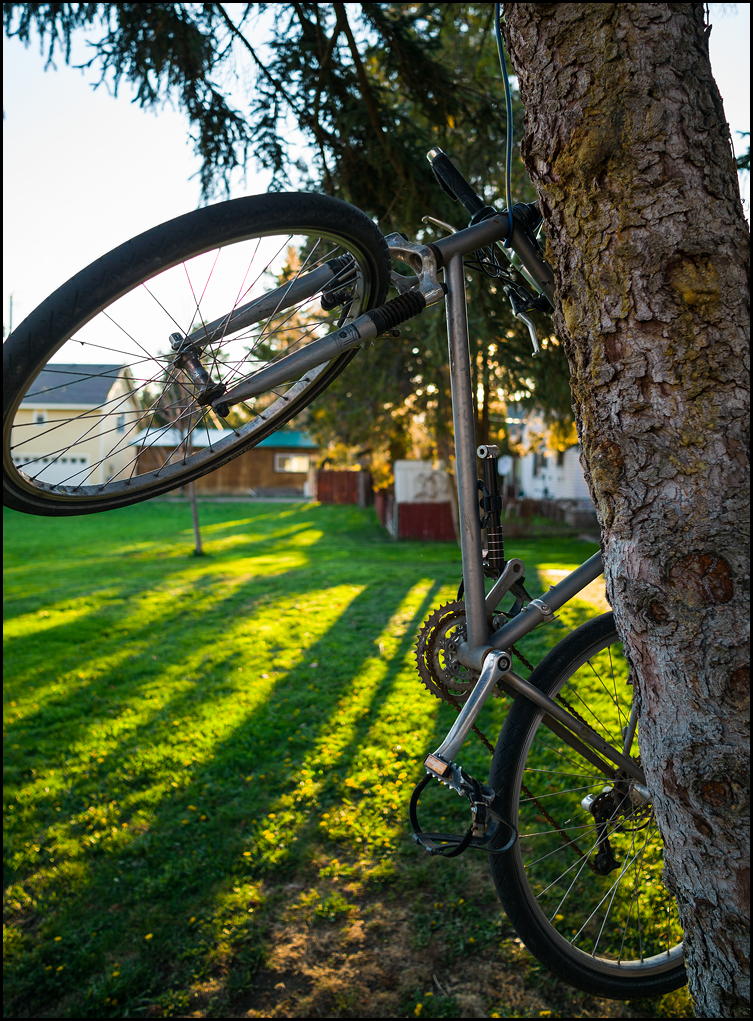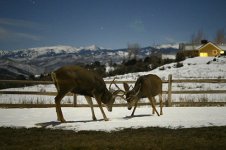Is there still a point to fast wides in the digital age? Considering a) any wide lens is perfectly sharp stopped down, b) bokeh is poor at 28mm or less anyway, c) high ISO has become very usable with modern cameras.
What´s your opinion?
When I read the title of this thread, I rolled my eyes thinking it was a request for recommendations for "fast wide primes". Uggh. Then I read the OP's comment above and said, "attaboy".
There was never a need for a fast "wide prime" in any era. But I guess the question is "what do you mean by wide and what do you mean by fast?". Camera companies 'll make "whatever" spec'd lens that will sell, like silly fisheye lenses (because that's not a cliched one trick pony). If enough suckahs want to pay thousands for a lens, and don't mind lugging a brick around they'll gladly oblige. And charge you for that privilege.
But a 24/2.8 isn't a bad lens to have if that's "fast enough" and "wide enough" because these days I've read people say that spec is neither (which provokes eye rolls...) Here's one. I have it. Good luck finding it. The venerable (and old) 24/2.8 Sigma Super Wide II. Got mine on eBay for $60 or so years ago on the big auction site. It's the rebadged Quantaray variant which is even cheaper and harder to procure. Photodo rates it higher (MTF) than the Nikon version. Autofocuses (if your camera has a focus motor -- think "D" not "G" series) and everything. It focuses closer than the Nikon too (Bills itself as a "macro lens". I don't know about that but it focuses pretty darn close...)
I picked up an ultrawide zoom a year or so ago when I was toying with the idea of doing some real estate work and also for landscapes. To me ("me") there's really only one sensible choice in this category -- the Tokina 17-35/f4 ATX. It's f4! It's slow! It "only" goes to 17mm, not 16 or 14! It's not "sharp in the corners" until f8! Well, yeah. It's also 1/3 the cost and 1/2 the weight of the other choices. You shoot these things at f8, f11 mounted on a tripod outdoors or with a speedlight indoors anyway. And the Tokina doesn't skimp on build quality. (They never do.) Don't use it much.
And who gets a WA lens for its "bokeh"? Who are these people? None of them have good "bokeh". I love reading reviews that criticize an optic of a 35mm or wider lens for its "nervous bokeh." I'll tell who must get "nervous" -- the optical engineers who design them when they read this crap. I'd be reaching for the cheap bourbon in a brown paper bag to quell my "nervousness" if I was them. They're wide angle lenses! You're not shooting headshots and portraits with these things, are you? I hope not. The whole point (just about) of them is for wide depth of focus, at least that's what I thought. Yes, I want to take lovely fun house mirror portraits with lovely watercolor-esque blurred out backgrounds. It's art! Make sure it has 25 rounded aperture blades -- perish the thought of angular bokeh balls. (First world problems, these angular bokeh balls...) And nothing slower than f1.2! I'm a "natural light"(tm) photographer (because I never learned how, when, why to use a speedlight...)



